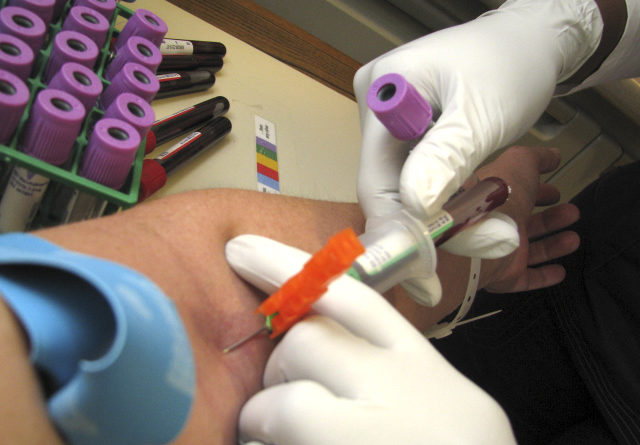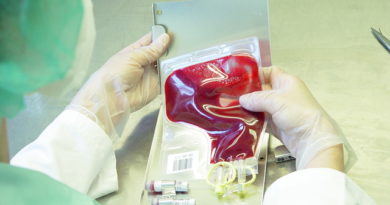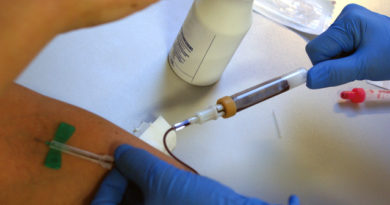Developing Good Venipuncture Technique

Among the many medical training programs being pursued today is that of phlebotomy training. Phlebotomy is the science of drawing blood using various venipuncture techniques. Phlebotomy training, and subsequent phlebotomy certification, can often be the fast track into a career in the medical world. It can also serve as a stepping stone to other medical career options, as well.
Once a candidate has their phlebotomy certification in hand and has secured a job as a phlebotomist, one of the keys to success is developing good venipuncture technique, also referred to as phlebotomy technique. Of course, there is no substitute for hands-on practice, which will come naturally within the course of the job.
Many of the elements that make up good venipuncture technique are learned during the course of phlebotomy training. Such things as understanding the differences between various types of needles and the proper angle of the needle’s bevel will be covered in the phlebotomy classes. Placement and tying of a tourniquet and factors regarding vein selection should also be part of the curriculum.
Good Venipuncture Technique Involves More Than The “Stick”
Beyond the classroom, though, there are some other fundamentals of venipuncture technique that, when learned and mastered, will set you above the pack. Some of these rudiments will be achieved over time with sufficient practice. Others are simply a matter of the phlebotomist having the desire to improve as a professional.

Focus on the Patient
At the heart of all of these items is a genuine concern for the comfort and safety of the patient.The phlebotomy technician should at all times attempt to minimize the trauma of the blood draw for their patient. In pursuit of that objective, several of the elements of good venipuncture technique have nothing to do with actually inserting the needle. They involve focusing on the patient as a whole rather than just on the patient’s vein.
One of the primary components of good venipuncture technique is putting the patient at ease and helping them relax.

Constant Communication
A good way to achieve this is to constantly communicate with the patient. Let them know each step in the process as you go along and encourage them to ask questions. Odds are they won’t have any questions, but many patients will find comfort in knowing that you are open to the option.
Of course, one of the best ingredients in getting the patient to relax is for the phlebotomy technician to be at ease, as well. Your demeanor should be one of professionalism that exhibits the aforementioned concern for the patient, but also reflects confidence. Let the patient sense that you are in control of what is going on and that you are comfortable with performing the blood draw.
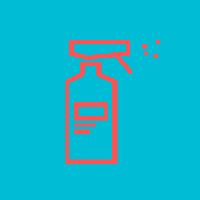
Hygienic Measures
Another measure of good venipuncture technique is utilizing proper hygienic measures such as washing your hands and putting on clean gloves prior to beginning the venipuncture. Most facilities will have available both latex and vinyl gloves.
Your patient may have some sensitivity to latex and you should ask them before selecting your gloves. This also conveys to your patient your concern for their well-being.
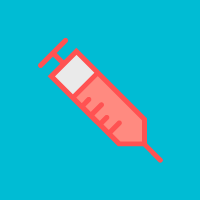
Needle Insertion
Once everything is in place and the vein has been selected and prepped you are at the moment of truth – inserting the needle. Try not to be hesitant here. If you insert the needle excessively slowly, it will increase the discomfort for your patient.
Make the insertion quickly, firmly, and cleanly with a steady hand. Here again, talk with your patient as you change tubes, communicating with them each step of the way. Extract the needle in the same manner as inserting it – quickly and cleanly, immediately applying pressure to the puncture site.
With a bit of practice, experience, and determination you will very quickly develop a good venipuncture technique that will be the envy of your colleagues.
What You Should Read Next:
- Want to know more about phlebotomy salaries?
- Learn how to become a phlebotomist, step by step
- Explore phlebotomy resources

